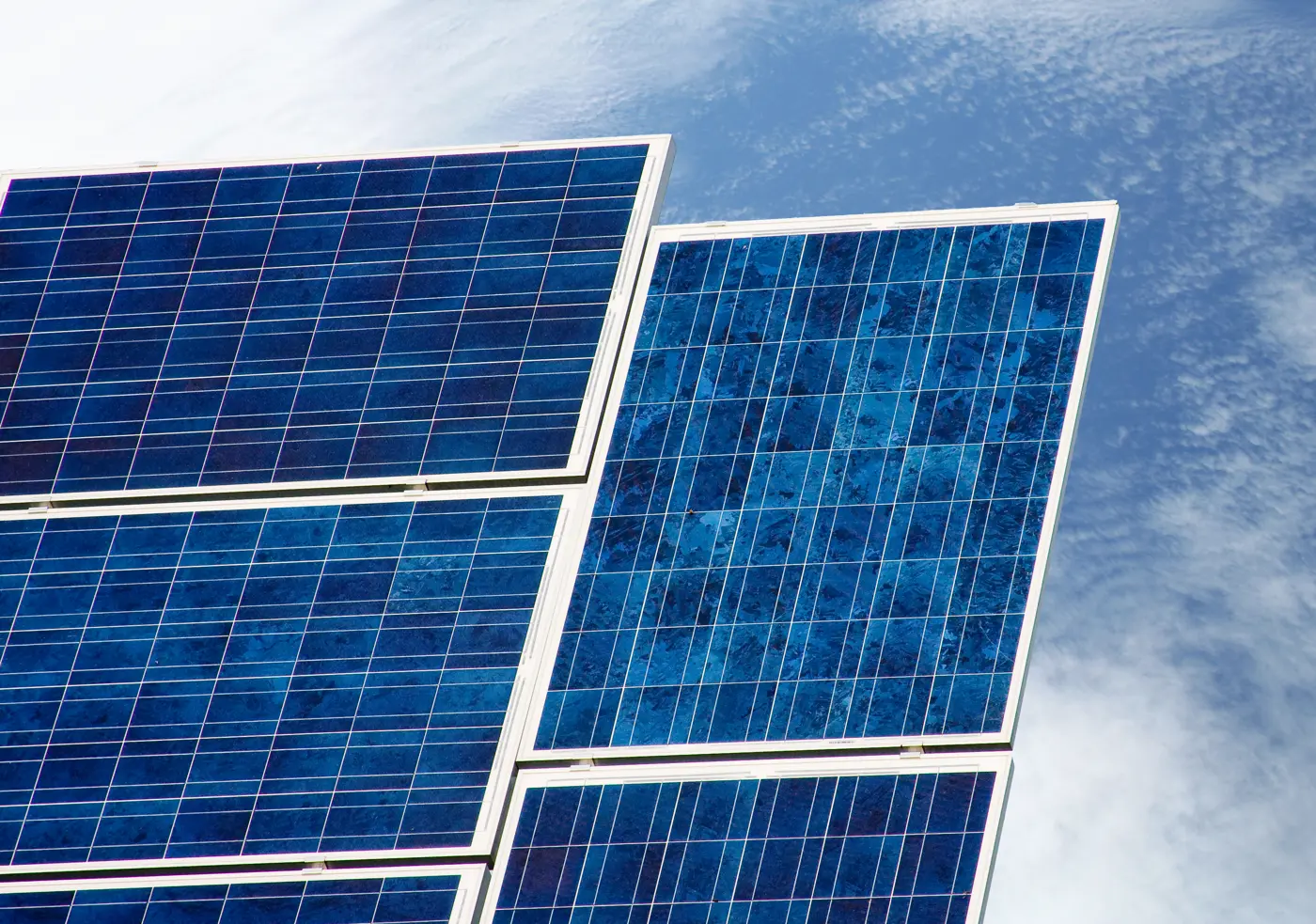Technical Information for Generators Above 10kW
1 Required for All Generators Over 10kW
1.1 Generating Plant Data
i. Terminal volts (kV)
ii. Rated kVA
iii. Rated kW
iv. Maximum active power sent out (kW max) reactive power requirements (kVAr), if any
v. Type of generating plant - synchronous, asynchronous, etc.
vi. Type of prime mover
vii. Anticipated operating regime
viii. Method of voltage control
ix. Fault level contribution
x. Generator transformer details
xi. Requirements for top-up supplies or standby supplies
xii. Proposed point of connection to WEL’s Network
1.2 Interface Arrangements
i. The means of synchronisation between the distribution network and the generator;
ii. Details of arrangements for connecting with earth that part of the generator’s system directly connected to the distribution system;
iii. The means of connection and disconnection to be employed;
iv. Ability of plant to back-feed the external system;
v. Protection equipment and protection setting; and
vi. Precautions to be taken to ensure the continuance of safe conditions should any earthed neutral point of the generator’s system operated at HV become disconnected from earth.
2 Required for Large Generators
This required additional information applies to generators connected at voltages equal to or greater than 6.6kV, or of capacity greater than 1 MW.
2.1 Technical Data
Generating plant information:
• Type of prime mover
• Rated MVA
• Rated MW
• Generator MW/MVAr capability chart (at terminals)
• Type of excitation system
• Inertia constant MW secs/MVA (whole machine)
• Stator resistance
• Direct axis reactances sub-transient
• Transient
• Synchronous
• Quadrature axis reactances sub-transient
• Synchronous
• Time constants direct axis
• Sub-Transient & transient
• Quadrature axis
• Open or short sub-transient (stating either circuit time constant)
• Zero sequence resistance
• Reactance
• Negative sequence resistance
• Reactance
• Generator transformer resistance
• Reactance
• MVA Rating
• Tap arrangement
• Earthing
Together with:
• Automatic voltage regulator (AVR) specifications;
• A block diagram for the model of the AVR system including the data on the forward and
• feedback gains, time constants and voltage control limits;
• Speed governor and prime mover data; and
• A block diagram for the model of the generating plant governor detailing the governor flyball (if applicable), system control and turbine time constants; together with the turbine rating and maximum power.
2.2 Interface Arrangements
i. The means of synchronisation between the distribution network and the generator.
ii. Details of arrangements for connecting with earth that part of the generator’s system directly connected to the distribution system;
iii. The means of connection and disconnection that are to be employed;
iv. Ability of plant to back-feed external system;
v. Protection equipment and protection setting; and
vi. Precautions to be taken to ensure the continuance of safe conditions should any earthed neutral point of the generator’s system operated at HV become disconnected from earth.
2.3 Capacity and Standby Requirements
i. Registered capacity and minimum generation of each generating unit and power station in MW;
ii. Generating unit and power station auxiliary demand (active power and reactive power) in MW and MVAr, at registered capacity conditions. For users with their own generation, this should include top-up requirements;
iii. Generating unit and power station auxiliary demand (active power and reactive power) in MW and MVAr, under minimum generation conditions. For users with their own generation, this should include top-up and standby requirements.

